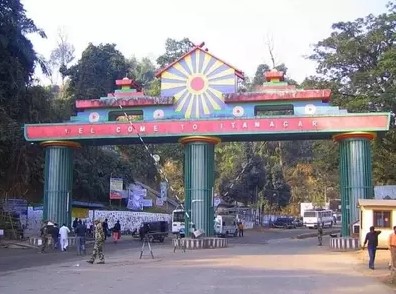With an aim to devise strategies for amicably resolving the border dispute with Assam, the newly inducted members of the Regional Border Dispute Committee for Papum Pare district in Arunachal Pradesh convened a meeting.
The committee’s discussions included a review of the groundwork laid by the previous panel and an assessment of current conditions. Nabam Vivek, an MLA and member of the panel, asserted the importance of having “accurate and up-to-date information” to make informed decisions. He added understanding ground realities will help in crafting targeted solutions for the specific causes of border issues.
The boundary between Assam and Arunachal Pradesh stretches for 804 kilometres. In July 2022, the chief ministers of both States signed the Namsai Declaration to address this long-standing boundary dispute.
Rajya Sabha MP Nabam Rebia, another panel member, stressed the need for consultations with local authorities, community leaders, and residents before finalising any decisions on the boundary issue. This approach aims to ensure that solutions are mutually acceptable and address the concerns of those directly affected.
Earlier this month, the Arunachal Pradesh Government reconstituted six regional committees to tackle the ongoing border dispute with Assam. This decision was formalised through a notification by the Home and Inter-State Border Affairs Department on July 11.
The notification confirmed that the Terms of Reference (ToR) for these committees will remain consistent with the guidelines set out in the original notification from June 1, 2022. This consistency is intended to maintain the committees’ focus on established objectives while seeking a resolution to the border conflict.
The reconstitution impacts six districts in Arunachal Pradesh where disputes with Assam persist due to disagreements over village demarcations along the inter-State boundary. These districts include Pakke Kessang, Papum Pare, Kamle, Lower Siang, Lower Dibang Valley, and Longding.

















